Circa 1770 — 1830
The style of architecture referred to as Early Classical Revival began as a style that fed the need in the newly minted America for civic and governmental buildings that represented the new republic. The monumental structures of Rome became the model for these municipal buildings and even a few homes. The most well-known builder of the Early classical Revival home was the gentleman architect Thomas Jefferson, whose influence led lo the wide use of Early Classical Revival in the new capital and the university of Virginia. The Early Classical Revival home was typically the basic rectangular box but they almost always had a large full height entry porch with a large center gable supported by columns. There are three basic subtypes of the style: the two-story (most popular), the one-story, and the gable front house. The one-story and the two-story version were very similar, both having either a side-gabled roof or a hipped roof and the tall entry porch. The single-story versions though are generally raised to make them appear taller or grander. The gable front form usually had a smaller front entry porch. when compared to the other two subtypes, and two matching wings.
The porches of an Early Classical Revival structures in design are sometimes varied. The columns are of the Roman classic order (Tuscan and Doric being the most common) but the number of columns, the spacing between columns, and the design of second-story or two storied porches varied. Four columns on the entry porch were most common as was a uniform spacing between each column. Second story or two-story porches, if they were even built, were supported only by the structure, supported by the structure and columns, or the porch was supported by two-tiered columns. The windows were usually five-ranked and balanced around the entryway. The entry porch gable almost always had a lunette but on some examples an oval window or a round window would have been placed somewhere on the building. The entablature above the columns was usually simple, with very little decoration beyond the minimal use of triglyphs.
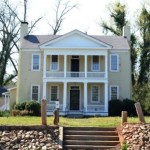
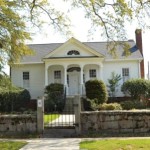
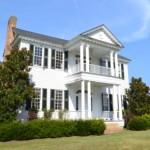
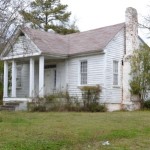
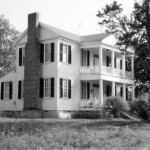

Share Your Comments & Feedback: